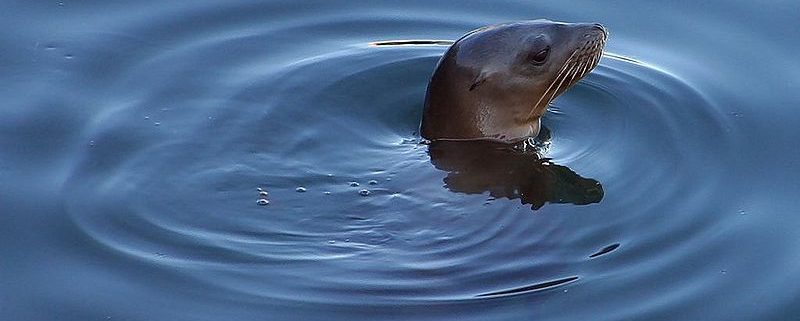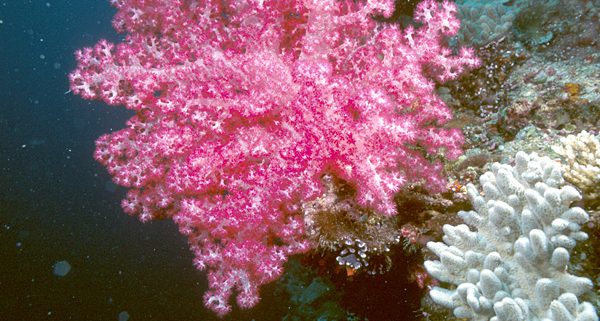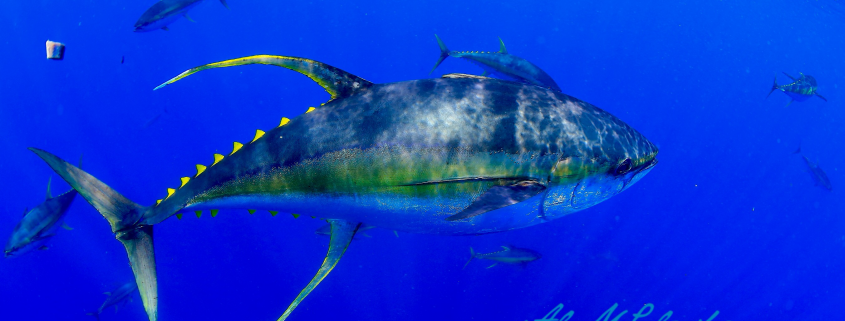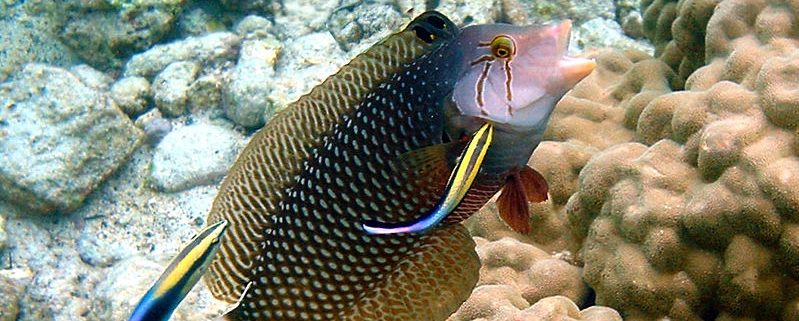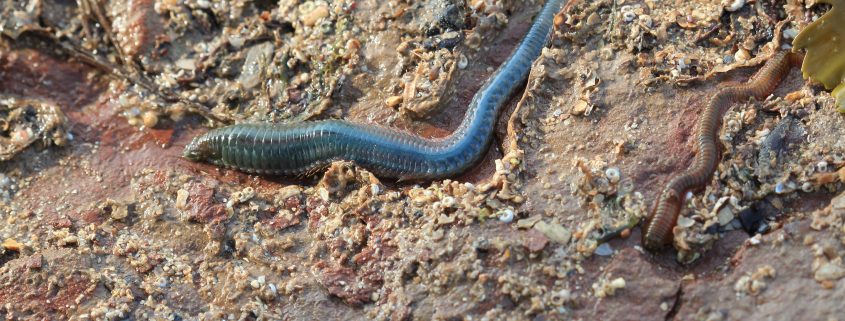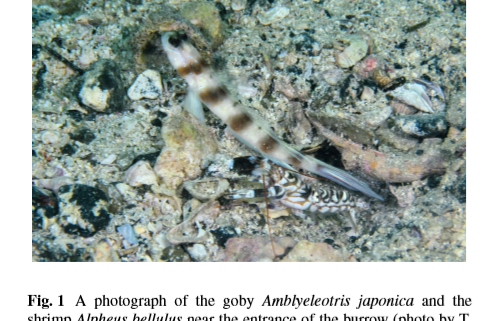Novel use of epidemiological models to control the spread of unwanted behaviors in marine mammals
By Cameron Perry, SRC intern Animal behavior is often learned or passed down through social interactions with other individuals. However, sometimes these socially transmitted behaviors increase exploitation of human resources, which may threaten human safety and economic livelihood (Schakner et al., 2016). Schakner et al. (2016) examined a case study where California sea lions (Zalophus […]
Coral Recruitment Shifts due to Sensitivity to Community Succession
By Patricia Albano, SRC intern Environmental disturbances such as natural disasters, anthropogenic effects, and weather pattern changes have a significant impact on ecosystems. Following such disturbances, communities must adapt and rebuild through succession where they evolve to respond to changes. In this study, researchers Christopher Doropoulous, George Roff, Mart-Simone Visser, and Peter Mumby of the […]
FAD’s and Food Security in the Pacific Islands
By Kevin Reagan, SRC intern In the countries and territories of the Pacific Islands, the people depend very heavily on fish for food. In Pacific Island countries and territories (PICT’s), 50-90% of the dietary animal protein in coastal communities comes from fish. This is based mostly on small-scale subsistence and commercial fishing for fish mainly […]
Cleaner fishes and shrimp diversity and a re-evaluation of cleaning symbioses
By Shannon Moorhead, SRC Masters Student If you’ve ever gone diving on a tropical coral reef, you may have noticed some of the fish seemed to be behaving rather strangely: a solitary fish hovering just above the reef while smaller fish pick at its skin and mouth. While this may appear bizarre compared to the […]
Bait worms: a valuable and important fishery with implications for fisheries and conservation management
By Brenna Bales, SRC intern Historically, bait fisheries around the world have been perceived as low-value, and their often limited, local extent makes large-scale management and conservation policy difficult to implement. Watson et. al 2016 explored three ragworm fisheries in the United Kingdom to investigate these claims, based on both evidence gathered scientifically and from […]
A novel aspect of goby–shrimp symbiosis: gobies provide droppings in their burrows as vital food for their partner shrimps
By SRC intern, Andriana Fragola The goby A. japonica and shrimp A. bellulus symbiosis are a perfect example of a mutualistic relationship between two marine animals. The goby lives in the shrimp’s burrow, which lends it shelter, and the goby warns the shrimp if there is a predatory threat nearby (Kohda et al. 2017). It […]

